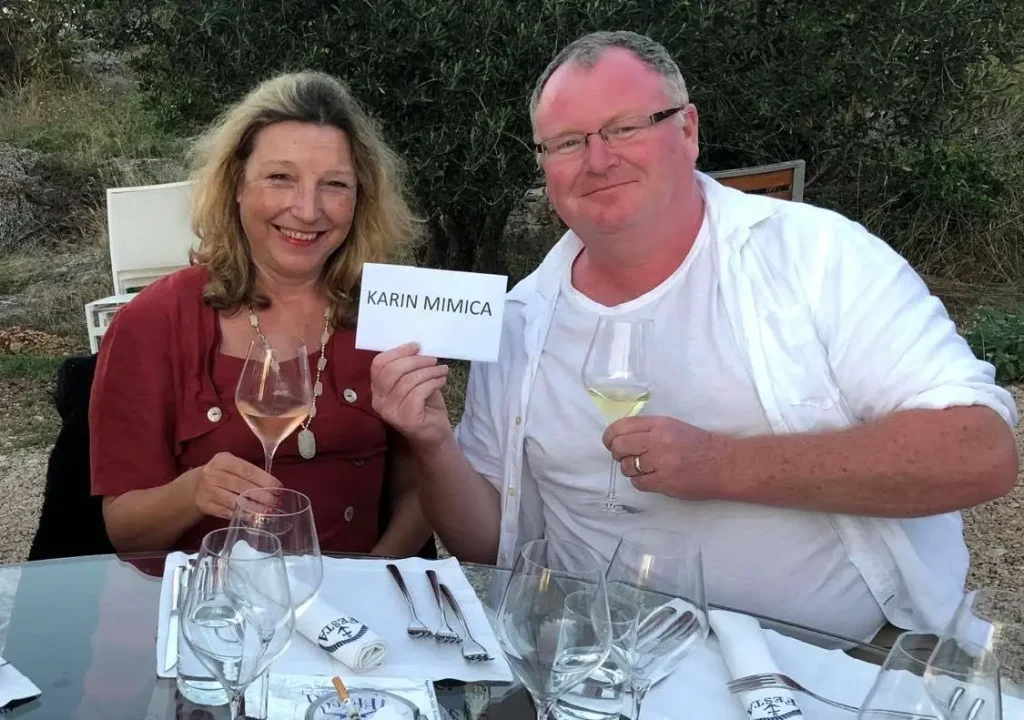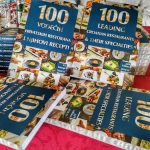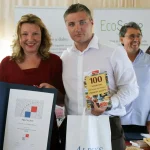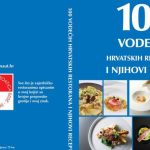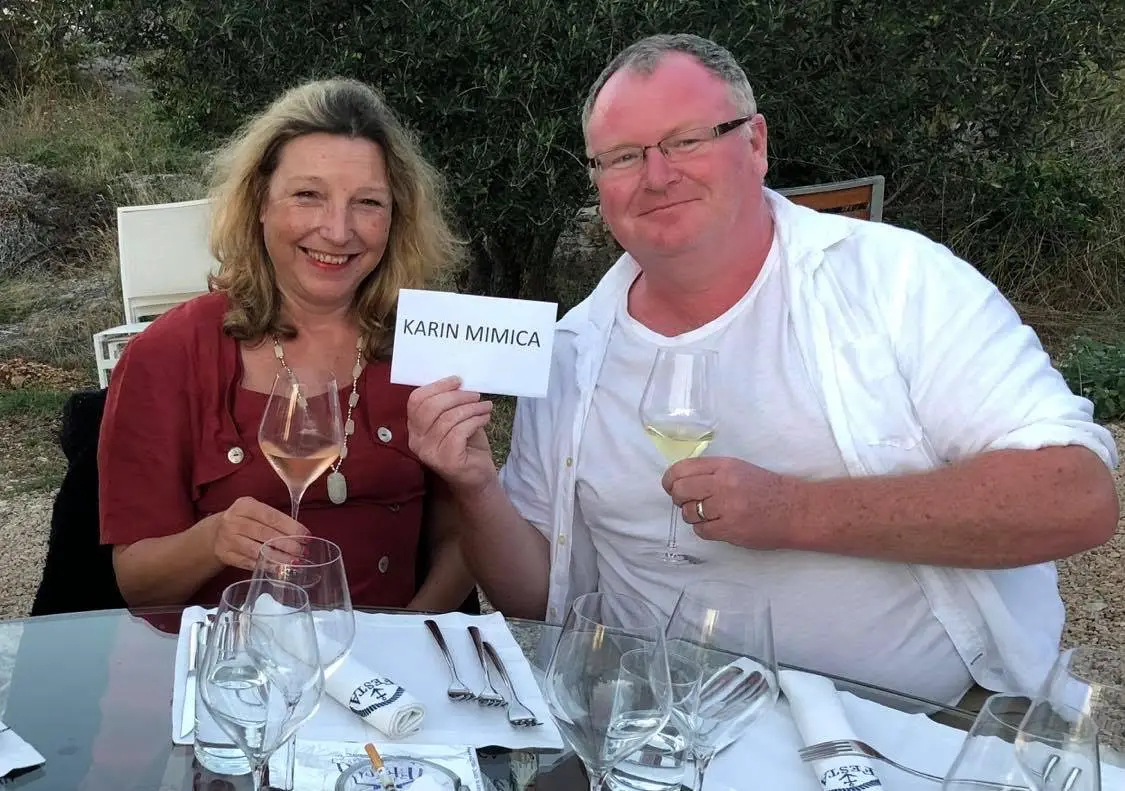
July 12, 2020 – Looking for the best and most authentic Croatian gourmet goodness. Karin Mimica on 25 years of Restaurant Croatica.
Just over six years ago, the fabulous Dagmar Meneghello on Palmizana on Hvar sent me a message and told me about a gourmet event about to start on Hvar. Some foodie journalists from an organisation called Gastronaut were coming on a three-day media tour, and Dagmar insisted that I had to be on the tour.
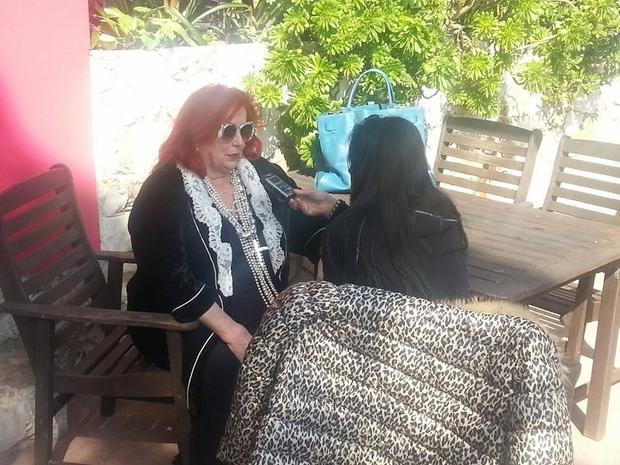
And that is how I came to meet one of the most dynamic, positive and inspirational forces that exist today, the legendica that is Karin Mimica.
Being a food tourist on my adopted island was something like this:
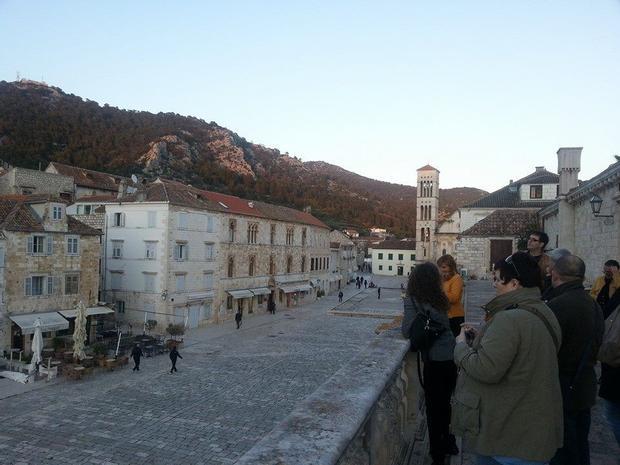
Day 1 – a tour of Hvar Town, including the hospitality of famous fish restaurant, Gariful.
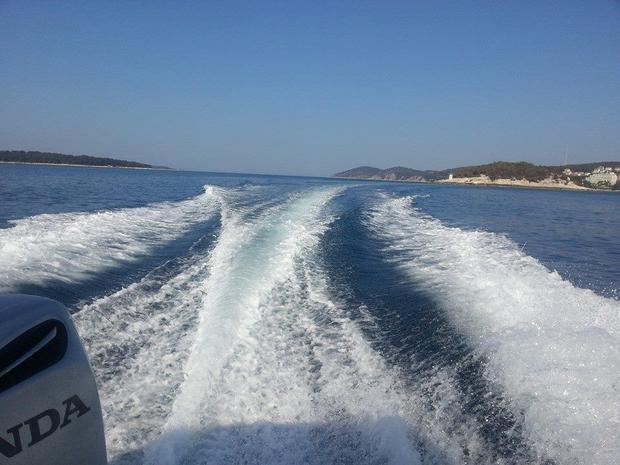
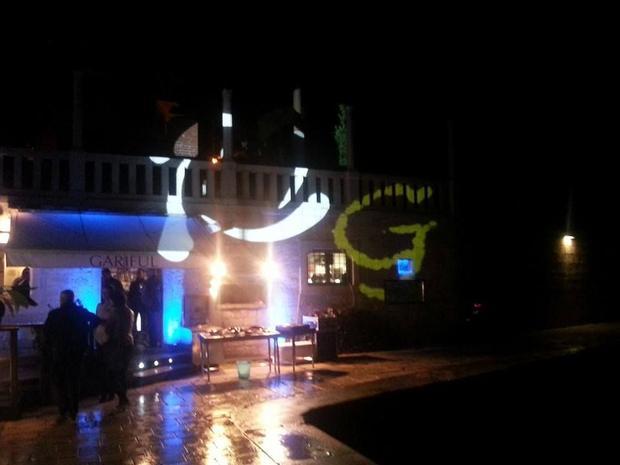
I was hooked, and I made a mental note to never to miss an event organised by Karin Mimica. And I have been largely true to that over the last six years.
Following Karin has led me to sensational discoveries in Medjimurje, Ozalj, Koprivnica, Djurdevac, Pag, Murter, Krk, and plenty of lesser known destinations in Croatia. And the programme has always been superbly executed, a mixture of fun, learning, and great food and wine. Of all the people I have met in my time in Croatia, nobody has given me as many authentic Croatian gourmet experiences as Karin. And for that I am truly grateful.
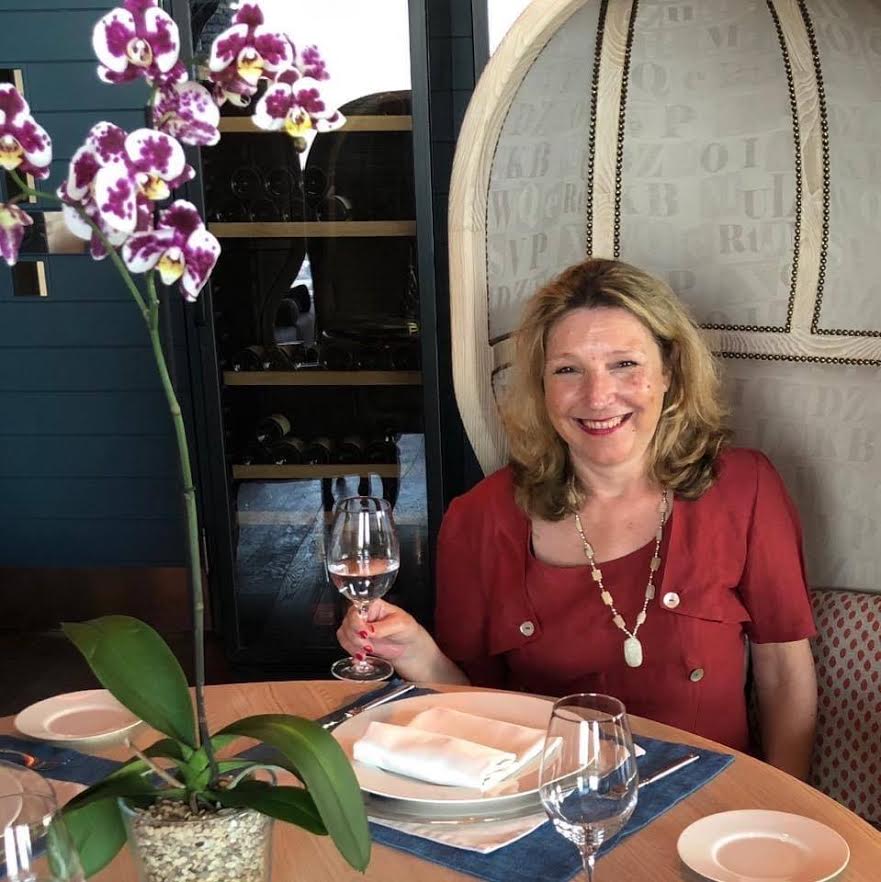
I am grateful also that she has found a little time to tell us more about one of her amazing projects which is hitting its silver anniversary – the Restaurant Croatica guide.
1. 25th edition of Restaurant Croatica – 100 best restaurants in Croatia and their recipes is almost ready to be published. Tell us about the concept and how it started.
The project 100 Leading Croatian Restaurants – Restaurants Croatica was initiated in 1995. Back then, among our diaspora in Germany, people who owned almost 3000 restaurants, an idea appeared: to help young Croatia brand itself as a country of flavor, through the offer in their restaurants. A great enthusiast and our businessman Nikola Serdar started a project in Germany, the Croatian Economy Forum, in which our restaurants found themselves with a new brand, Restaurant Croatica. Since they didn’t have a clearly defined idea of Croatian cuisine or who to support, they decided to endorse the project I proposed: the selection of the 100 leading restaurants in Croatia Restaurant Croatica and publishing of the edition under the same name. The basic idea was to do market research about which restaurants best serve the needs of their guests, and highlight the best ones in order to motivate others to improve the quality and the service. The project Restaurant Croatica doesn’t exist in Germany anymore, unfortunately, but here in Croatia, in Abisal company, Gastronaut editions, we are preparing the 25th edition. Nikola Serdar, who used to head all those beautiful initiatives, has moved his manufacturing to Croatia and he’s still a member of the Honorary Board and the adviser to the project. In 1995, around 750 restaurants were covered in our research, and in 2019 the number has gone up to over 2400 restaurants. The inclusion of a restaurant in our survey was never financially conditioned, nor could they buy their titles in any way. In our guide, which is a result of our selection of the 100 leading restaurants, they present themselves with what they’re offering, their recipes and natural, historical, and cultural environment. The 25th edition will be published during August of 2020, and the ceremony in which the plaques will be awarded is to take place on October 6th on the Marina boat in Rijeka. In addition to the restaurants, the book also presents the manufacturers of high-end products you can buy for your table and various destinations with their food and wine highlights.
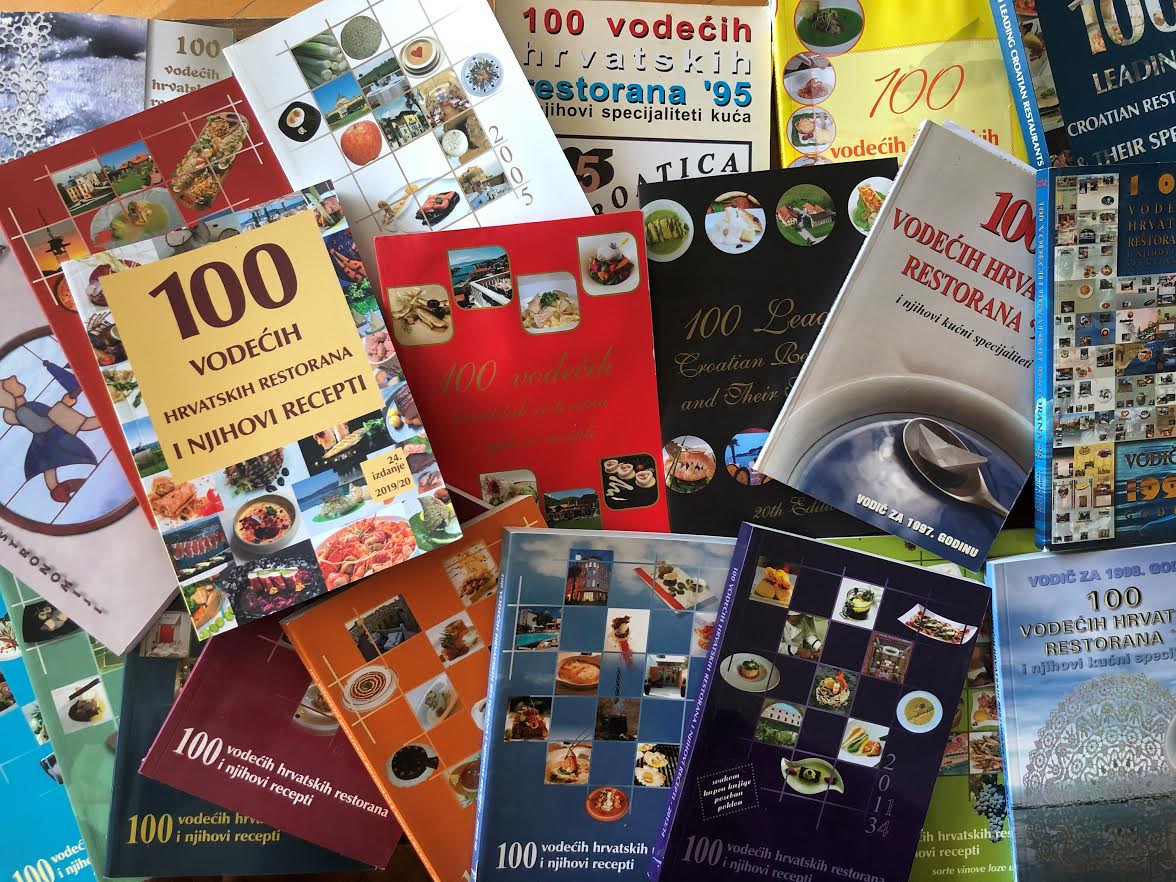
2. What methods were used to select the restaurants which made the list?
Every year, during November and December, visitors of the www.gastronaut.hr website are invited to vote for their favorite restaurants (each year, they’re allowed to vote for each restaurant once). The guests grade the offer, service and the atmosphere. The restaurant needs to be in our database for the guests to be able to vote, and the addition to the database is free and over 5400 restaurants are already in the database. In the next step, the people in charge of a restaurant provide us with the detailed information about their service and what they offer, and vote for their colleagues who they believe have made the biggest positive changes. The final verdict is by the Honorary Board, keeping in mind that a restaurant needs to be ranked high both on the list created by the guests and by the colleagues, but also needs to meet a lot more criteria needed to be included in a guide, whose goal is to present the Croatian cuisine at its finest, primarily through restaurants who work year-round and are tailored to the modern guest of a refined taste. My closest collaborators, Marina Selak and Vlatko Ignatoski, graphic designer are working with me on the 25th edition.
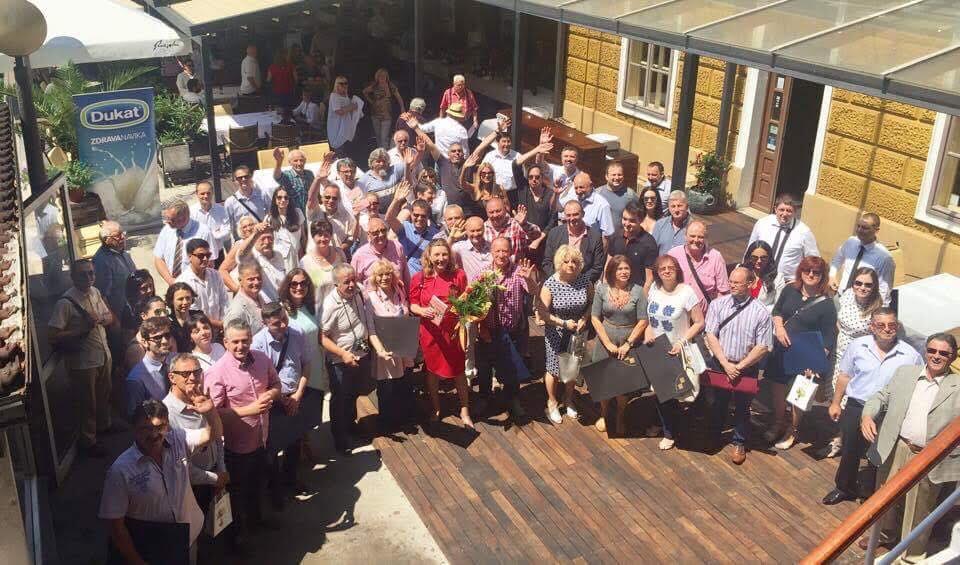
3. A difficult question, but how has Croatian gastronomy changed in those 25 years?
It’s changed a lot. As I was going through the 1995 book, you can see in the photos that the restaurants seem to have a competition who will be able to put more food on a plate. Today, it seems that the competition is – who will be able to put less! The plates have become pieces of art. The restaurants have also become stages for many stories about the ingredients and wines and history and culture, even about fashion. The knowledge of gastronomy is much higher, people are following the worldwide trends, and the indigenous ingredients are getting the newly-found respect.
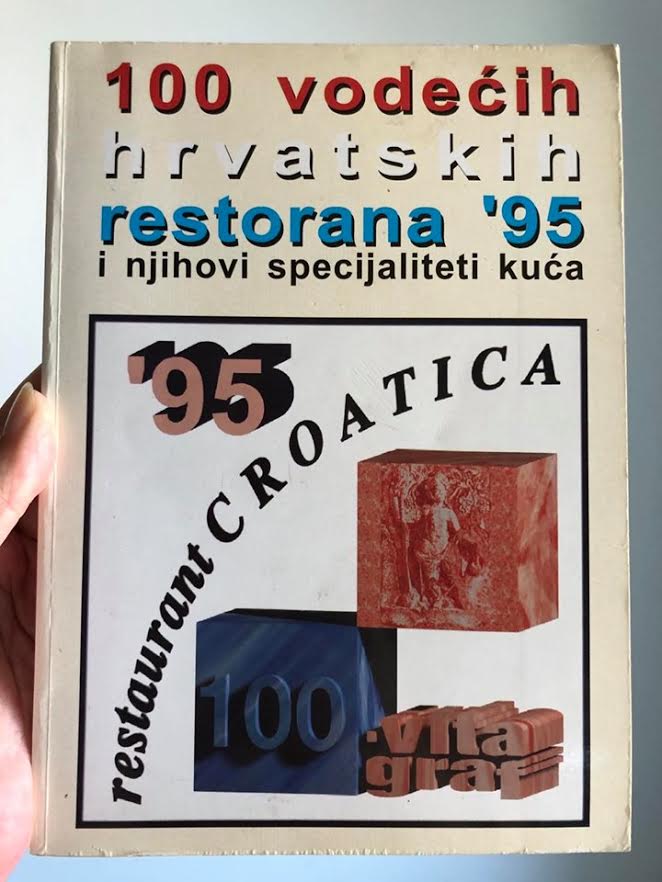
4. Which new trends are you noticing, considering the specific situation we’re in now?
Hospitality is going through a rough period, being forced to adjust to the new reality. The restaurateurs tell me that things are just different now, that they mostly see couples in the evenings, but if provided with a peaceful seating, those couples still know how to enjoy themselves. I believe more people will ask for functional menus, with ingredients that directly benefit health. In terms of ordering and technological benefits to the hospitality, I expect the increasing use of QR codes linked with the menus, which will make ordering easier for the guests, and the restaurant wouldn’t have to disinfect the menus so many times during a day. We can expect the deliveries from the restaurants to keep increasing, and they could turn more creative. It is possible that pelinkovac will become one of the popular aperitifs, as the extract of the sweet wormwood is being tested as a potential cure for corona. It might even hold water, as a Chinese scientist Tu Youyou won a Nobel prize in 2015 for the cure against malaria, which is also made using the sweet wormwood extract (Artemisia annua). The story has gotten me very interested, so myself and Gastronauts have decided to look into both the plant and its extract, which is the basis for pelinkovac.
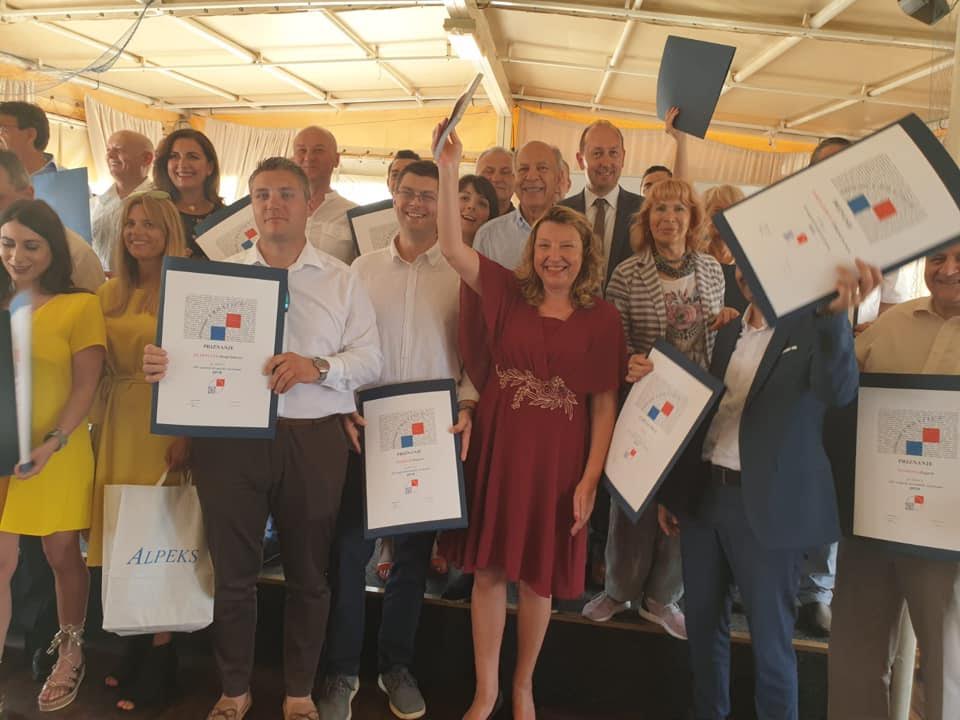
5. It is 8 years since Anthony Bourdain discovered Croatian cuisine and found ‘world-class food, world-class wine, world-class cheese.’ How do you view Croatia as a gourmet tourism destination and what could we do to attract more tourists?
Croatia has great potential, both in the ingredients and in the people. I hope that people from the tourist boards will become more aware of that, and start presenting Croatia as a country of amazing flavors and food stories, which would lead to year-round tourism. I’ve put together leading Croatian restaurant owners and tourist journalists in my Gastronaut club, and we’ve organized 120 thematic gatherings thus far, in various destinations. During those meetings, the entire region is presented in its natural and historical surroundings through the prism of food. We’ve expanded our club’s activities to Gastronaut education, where the top people from the industry share their knowledge with people from the hospitality in various locations, so we’re helping them together to become a recognizable food destination. Some of those activities took place in the last year on Krk, through Krk Food Fest and in Karlovac, where we were a part of the IQM project, aimed at branding the region through the meals in which the main ingredients are beer and mushrooms from the local collection point. I always invite our colleagues, tourist journalists from Croatia and abroad to tell me if a project we’re working on has a point, in terms of flavor and content, because they can see the potentials more broadly.
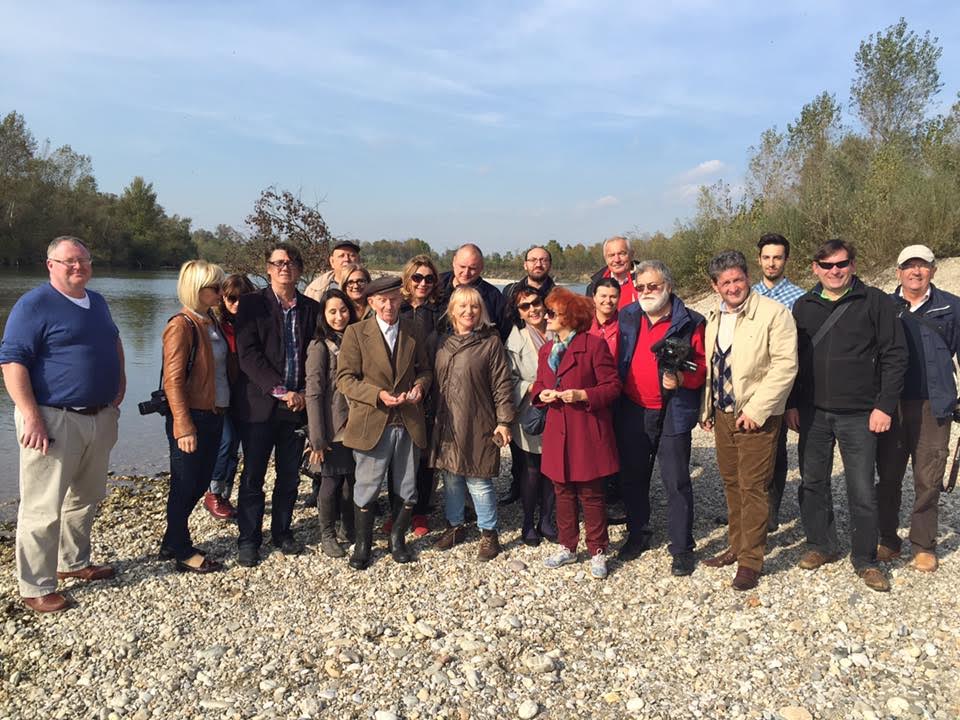
6. One of the things I find interesting about Croatian cuisine is that there are very strong regional cuisines, but no real Croatian national cuisine. And it is quite rare to find the cuisine of another region in the local restaurants. What are your thoughts on this?
The local, regional specialties are always a product of the natural environment, and the history and tradition. The different parts of Croatia are in the geographical locations of completely different potentials and history and I don’t think it makes sense to push them under the same umbrella. Yes, it’s nice when you can taste specialties from different parts of Croatia in one place. We have restaurants by the sea where you can have continental food and sea-food restaurants in continental Croatia. The biggest bridge between the two are the pizzerias, where you find ingredients from different regions arranged on pizzas, and then the pizzas even named after the region.
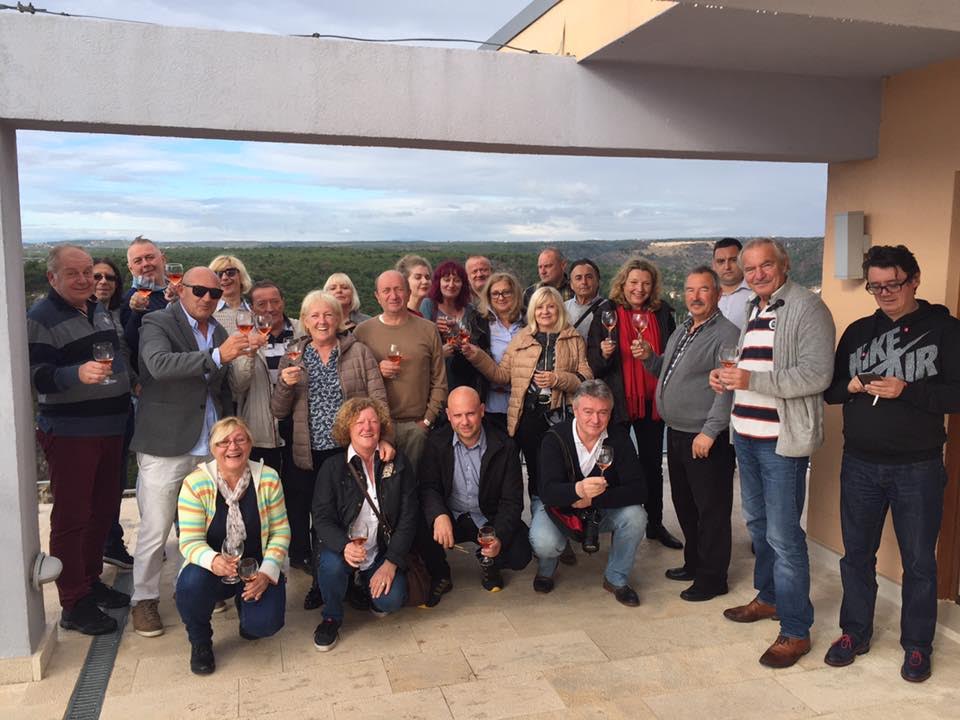
7. Which recipes have the restaurants decided to present themselves in your book this year?
Most restaurants decided to present local ingredients from their region, prepared both traditionally and creatively. Here are some of the dishes from the book:
San Rocco, Brtonigla – Marinated sole-fish fillet with chives mayo;
Domino, Dramalj – Blue fish road;
Marina, Krk – Grilled sheep cheese;
Marina, Punat – Lamb crown;
Aratore, Mali Lošinj – Drunk scampi from Kvarner;
Boškinac, Pag – Boškarin rump-steak;
Vinko, Konjevrate – Lamb tripe;
Kadena, Split – Wheat with smoked sea-food;
Knez, Omiš – Soparnik from Poljica;
Porto Rosso, Lastovo – Fish fillet in the cognac sauce;
Villa Neretva, Metković – Dalmatian pašticada;
Frankopan, Ogulin – Cream of nettle soup;
Gradina, Josipdol – Sarma made with Ogulin sauerkraut and game meat;
Karlo, Plešivica – Cream of ramsons soup;
Potkova, Zagreb – Beef cheecks in Port;
Mala hiža, Mačkovec – Meso iz tiblice;
Academia, Marija Bistrica – Veal fillet with pumpkin and beetroot puree;
Bernarda, Varaždinske toplice – Young ox cheeks on the cream of potato and celery;
Podravska klet, Koprivnica – Goose liver;
Schön blick, Vetovo – Carp na rašljama
Zlatni lug, Donji Emovci – Podolac ispod peke
8. Your book is in Croatian and English. Where can people buy a copy?
The book will be sold in Hoću Knjigu and Menart bookstores and in certain Tisak and Hrvatska pošta locations. You can also order it on www.gastronaut.hr/knjige/, where you can also browse through the online editions in English and in Croatian. The QR code from the Restaurant Croatica stickers awarded to the 100 leading Croatian restaurants also takes you there.

